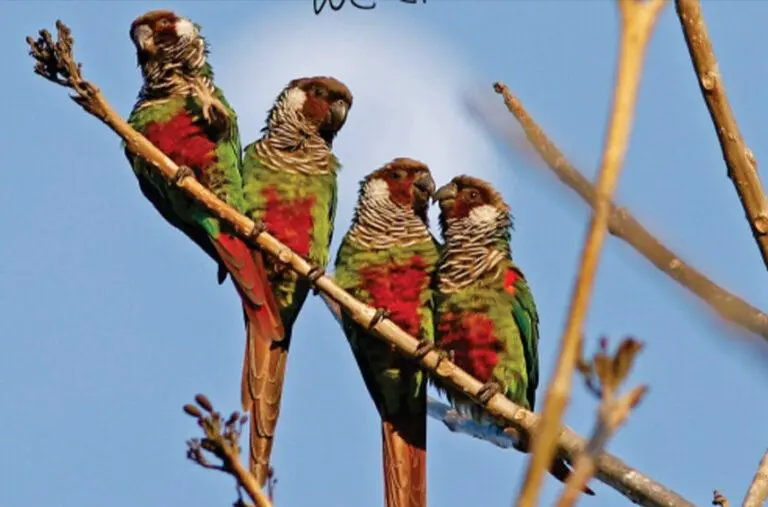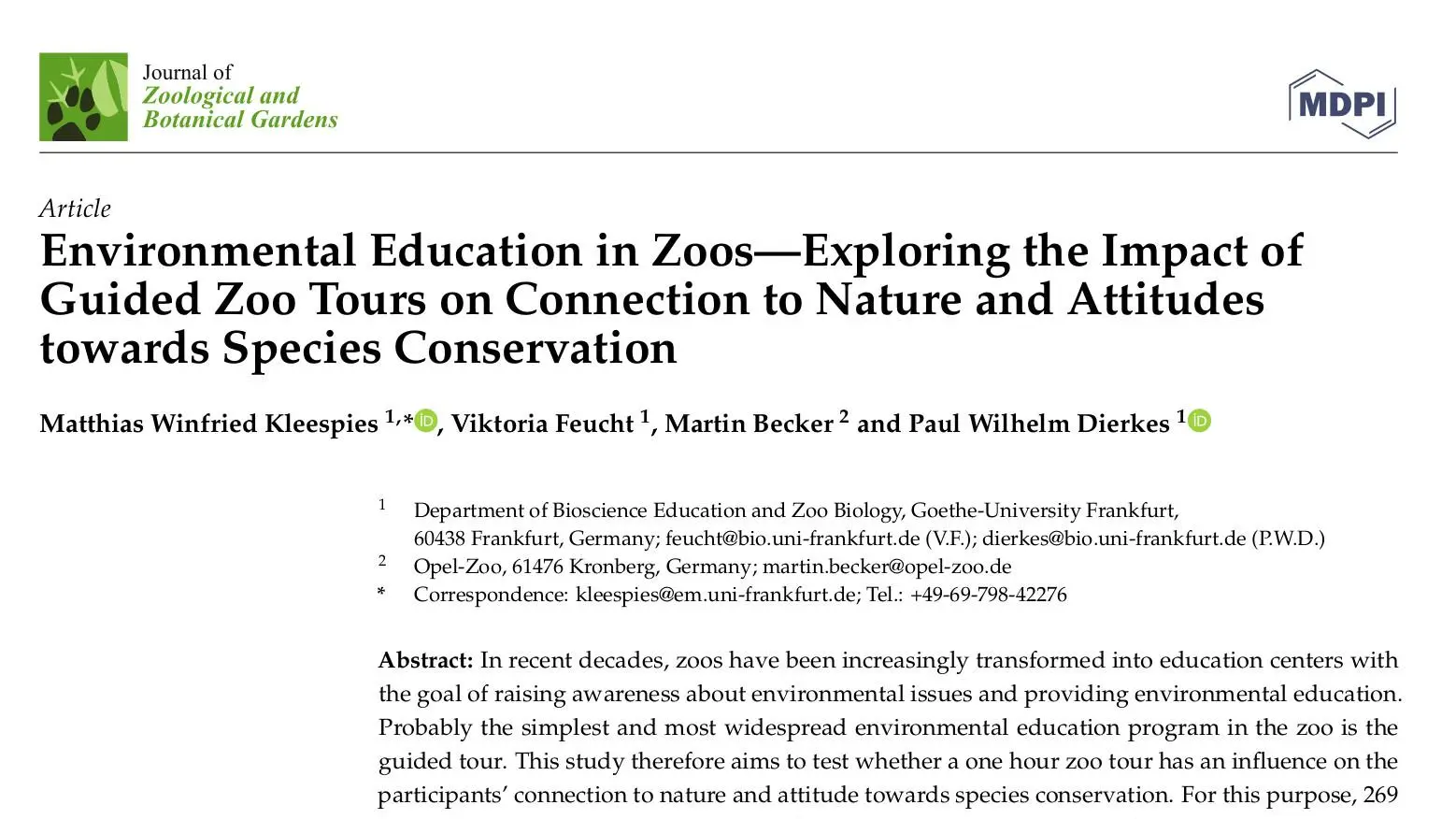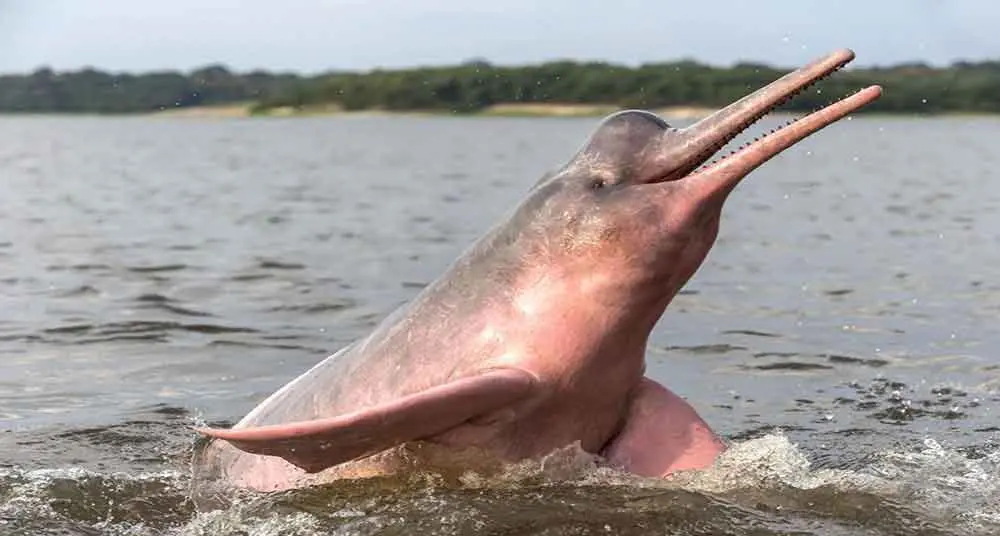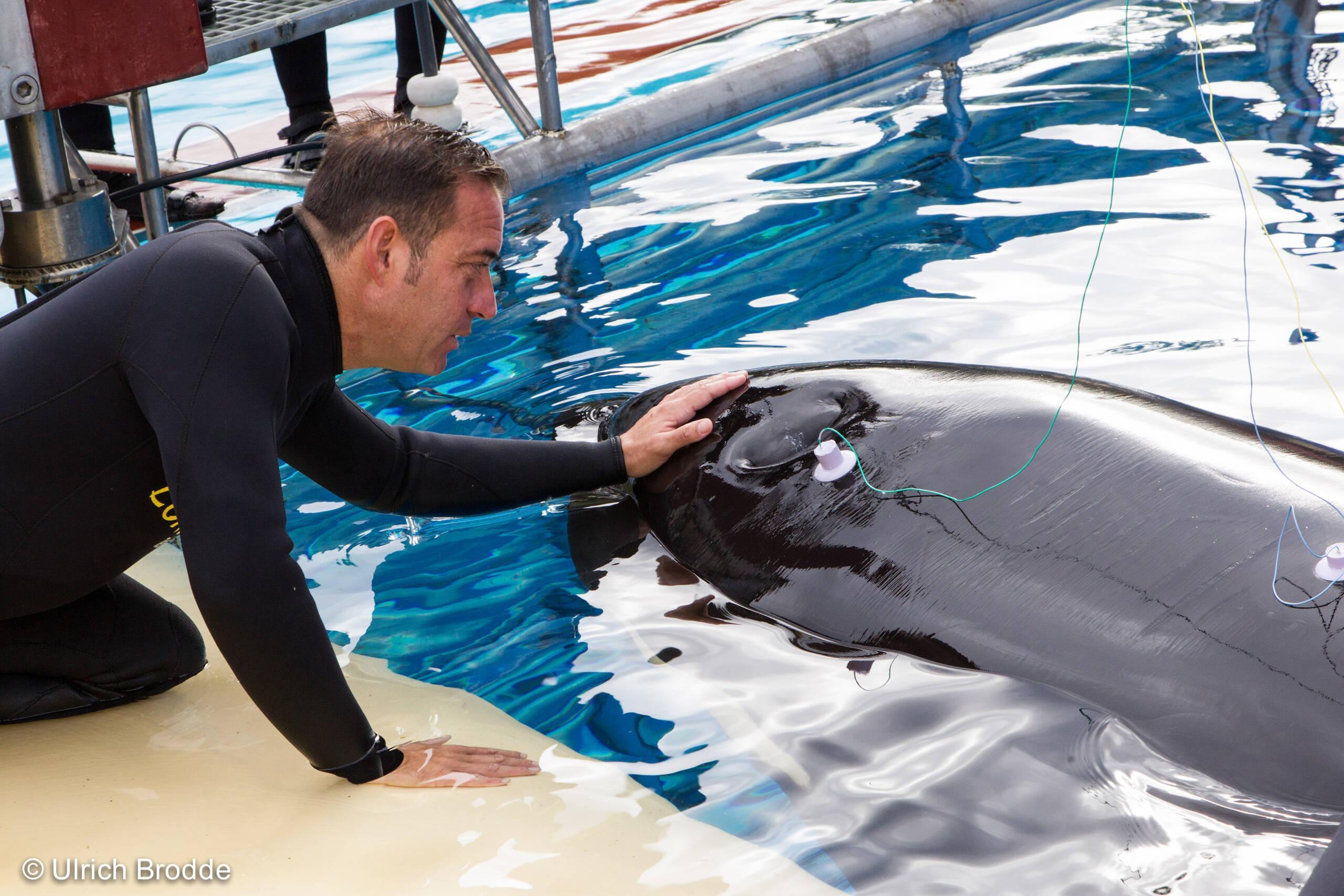
| Category | Land |
| Date | 2007 |
| Investment | 478.610$ |
LPF has managed to save the Grey-breasted Parakeet from extinction, thanks to its upward population trend, we hope to continue improving the species’ conservation status.

Grey-breasted Parakeet
Genetic research to infer the pure captive population of P. griseipectus
The IUCN Endangered grey-breasted parakeet (Pyrrhura griseipectus) has a historical range of 15 localities in Brazil but is currently found in only three areas in the state of Ceará: the Serra do Baturité, Quixadá and Ibaretama. The forests of Serra do Baturité have been greatly reduced to accommodate coffee and in 1996 only 13% of the forest remained. However, data from the last 10 years indicate that both the size of observed groups and the area occupied by the species in the Baturité Mountains are slowly increasing, probably because of intensive conservation management and education campaigns.

Since the number of individuals in P. griseipectus populations remains low in the wild, specimens from the captive breeding program may offer a great opportunity to take the necessary actions for the conservation of this species, including reintroduction initiatives. Any decision involving the management of individuals and reintroduction must be made with great care, aiming to preserve genetic diversity, and avoiding the introduction of less adapted alleles (each of the versions in which the same gene can manifest itself) and focusing on choosing individuals with greater chances of survival. The biggest obstacle to implement these actions today is the lack of knowledge about genetic composition of natural populations and genetic variability of individuals.

The project aims to obtain relevant information for decision-making related to individual selection for captive breeding programs. It focuses on developing tools to choose individuals with the lowest proportion of admixture in their genomes and to determine from which population they may come from. With this framework it would be possible to indicate which individuals should be recommended for breeding programs and where they should be reintroduced if that is the case.
BLOG
News





